Home>Ideas and Tips>Smart Smoke Detector Placement: Optimal Fire Safety Coverage
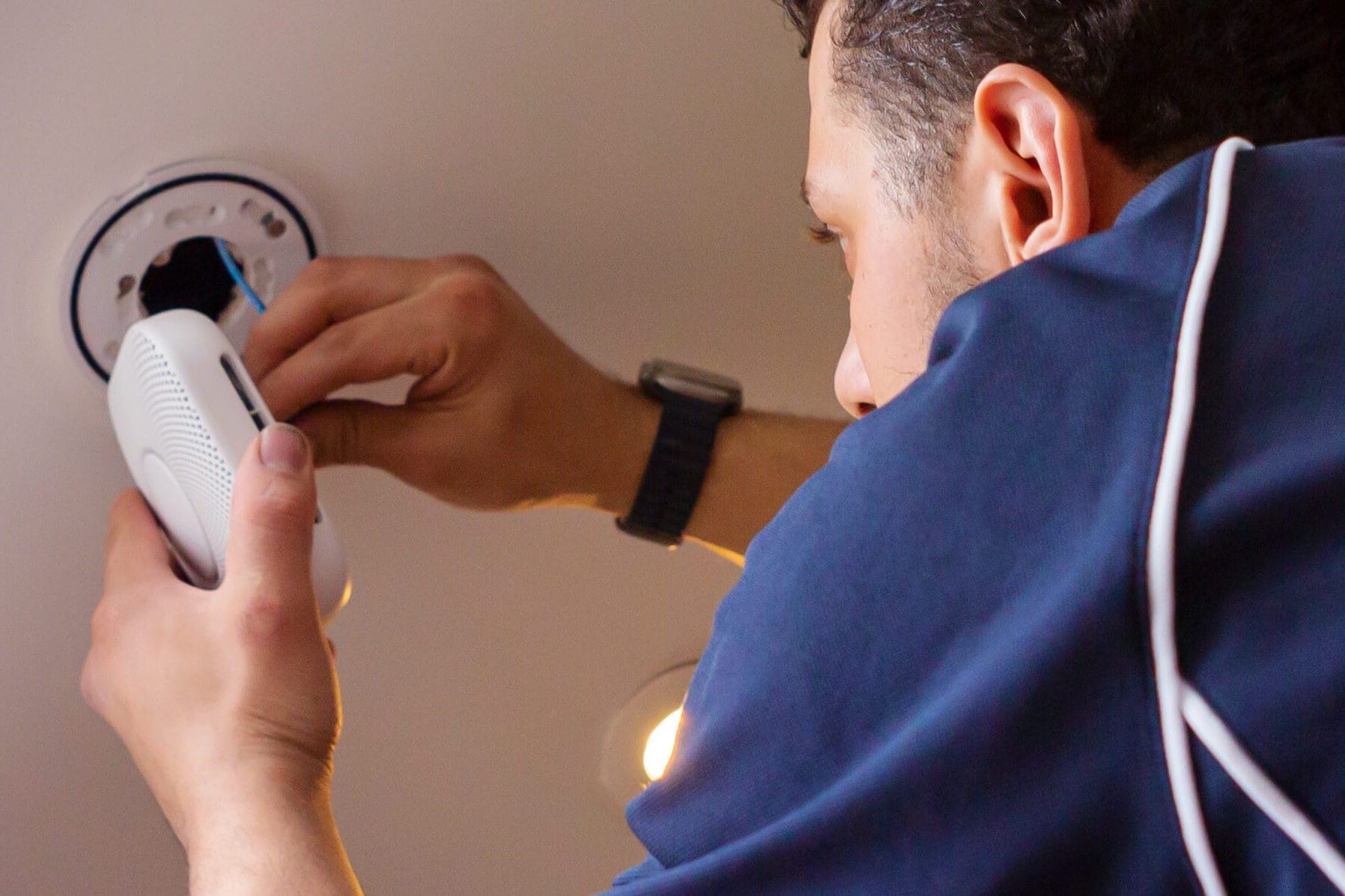

Ideas and Tips
Smart Smoke Detector Placement: Optimal Fire Safety Coverage
Published: September 23, 2024
Ensure optimal fire safety with smart smoke detector placement. Learn strategic tips for comprehensive coverage and enhanced home protection.
(Many of the links in this article redirect to a specific reviewed product. Your purchase of these products through affiliate links helps to generate commission for Storables.com, at no extra cost. Learn more)
Introduction
Fire safety is a big deal, and one of the most important parts of keeping your home safe is where you put your smoke detectors. These little gadgets can save lives by giving you a heads-up when there's smoke in the air. But, just having them isn't enough. You need to know where to put them to get the best protection. So, let's talk about smart smoke detector placement and how to make sure your home is covered.
The Importance of Smoke Detectors
Smoke detectors are like your home's nose, sniffing out danger before you even see it. They can catch smoke particles early, giving you precious time to get out safely. When a smoke detector goes off, it’s like a loud wake-up call, telling everyone in the house to get moving. Early detection can also mean less damage to your stuff because you can put out the fire before it spreads. Plus, in many places, having working smoke detectors is the law. So, putting them in the right spots helps you follow the rules.
Types of Smoke Detectors
There are different kinds of smoke detectors, each with its own perks:
-
Ionization Smoke Detectors:
- These use a tiny bit of radioactive material to sense smoke.
- They’re great for catching fast, flaming fires but might miss slow, smoldering ones.
-
Photoelectric Smoke Detectors:
- These use a light beam and a sensor to spot smoke.
- They’re better at catching slow, smoldering fires but might be slower with fast flames.
-
Combination Smoke Detectors:
- These mix both ionization and photoelectric tech.
- They give you the best of both worlds, catching both fast and slow fires.
-
Smart Smoke Detectors:
- These come with cool features like Wi-Fi, voice alerts, and phone notifications.
- You can hook them up to your smart home system for even more perks.
Factors to Consider When Placing Smoke Detectors
When you're figuring out where to put your smoke detectors, think about these things:
-
Location:
- Put smoke detectors on every floor of your house, including the basement and attic.
- Make sure there’s one inside each bedroom.
-
Distance from Heat Sources:
- Don’t put them too close to kitchens, fireplaces, or furnaces to avoid false alarms.
- But, still have some nearby to cover those areas.
-
Avoiding Interference:
- Keep them away from places where cooking fumes or other particles might set them off.
-
Accessibility:
- Make sure you can easily reach them for testing and maintenance.
-
Power Source:
- Battery-powered ones are easy to install but need regular battery changes.
- Hardwired ones are more reliable but might need a pro to install.
-
Interconnection:
- If you have more than one, connect them so if one goes off, they all do.
Specific Placement Guidelines
Here’s where to put smoke detectors in different parts of your home:
Living Room
- Ceiling Placement: Stick one in the middle of the ceiling.
- Avoiding False Alarms: Keep it away from windows and doors.
Kitchen
- Away from Cooking Areas: Put it at least 10 feet from cooking spots.
- Near Entry Points: Place one near hallways or doorways.
Bedrooms
- Inside Each Room: Have one in every bedroom.
- Near Sleeping Areas: Put them close to where you sleep but not right above the bed.
Hallways and Corridors
- Central Locations: Place them in the middle of hallways.
- Near Stairs: Make sure there’s one near each set of stairs.
Basements and Attics
- Basement Installation: Put one near the bottom of the stairs.
- Attic Installation: Place one near access points.
Outdoor Spaces
- Garage Installation: If you have an attached garage, put one there.
- Outdoor Areas: Use outdoor-rated detectors for places like patios.
Additional Tips for Optimal Placement
- Regular Testing: Test them monthly by pressing the test button.
- Maintenance Checks: Do yearly checks, clean them with a soft brush, and change batteries or check wiring.
- Battery Replacement Schedule: Change batteries every six months.
- Professional Installation: If you’re not sure about hardwired ones, get a pro to help.
Smart Home Integration
Smart smoke detectors can do a lot more when hooked up to your smart home system:
- Voice Alerts: Get voice alerts through smart speakers like Amazon Echo or Google Home.
- Smartphone Notifications: Get instant alerts on your phone.
- Remote Access: Check the status from anywhere using an app.
Conclusion
Making sure your smoke detectors are in the right spots is key to keeping your home safe. Follow these tips on location, distance from heat sources, accessibility, power source, interconnection, and specific placement. Regular testing and maintenance are also super important. By doing all this, you’ll have peace of mind knowing you’ve done everything you can to protect your home and family from fires.
Was this page helpful?
At Storables.com, we guarantee accurate and reliable information. Our content, validated by Expert Board Contributors, is crafted following stringent Editorial Policies. We're committed to providing you with well-researched, expert-backed insights for all your informational needs.
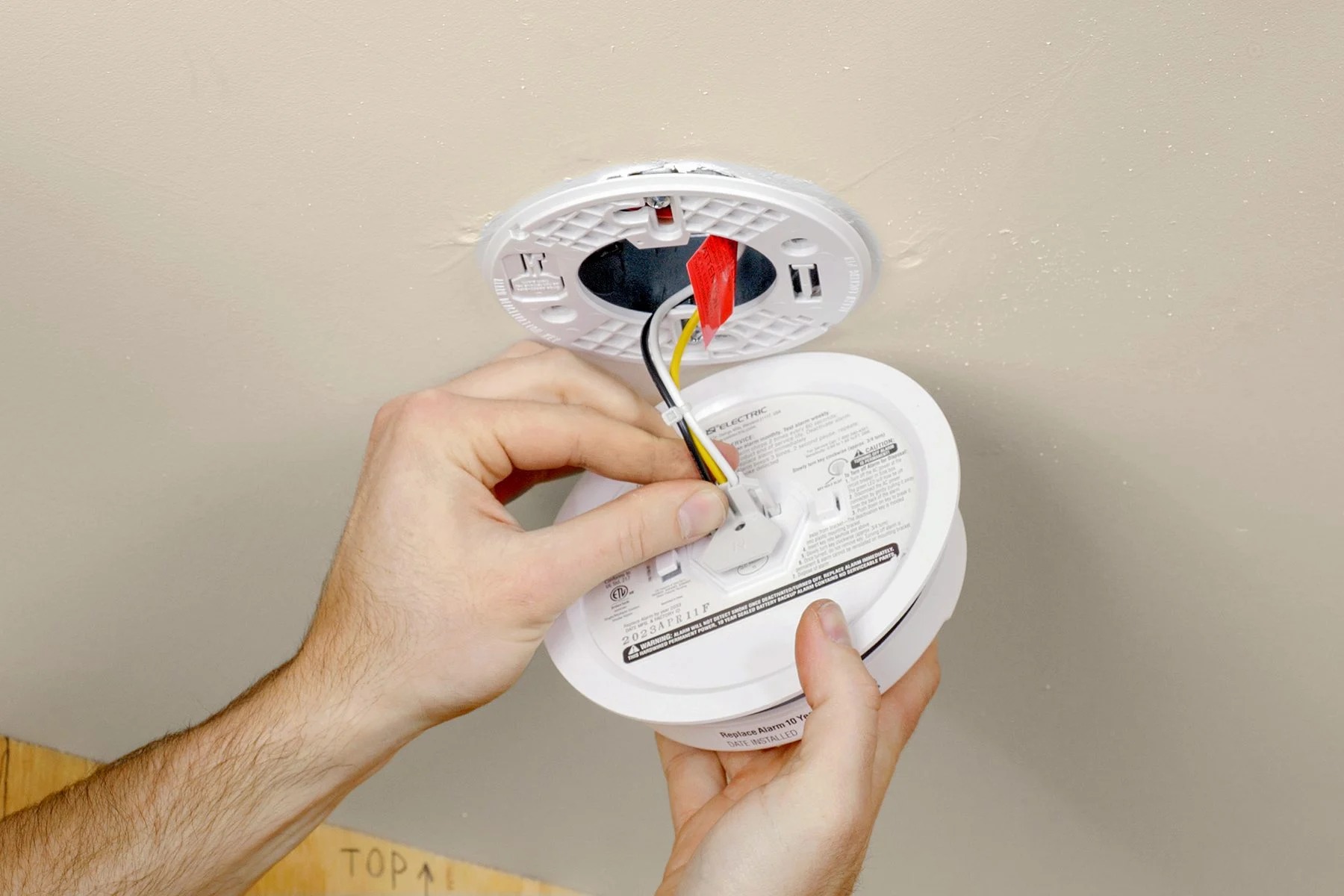

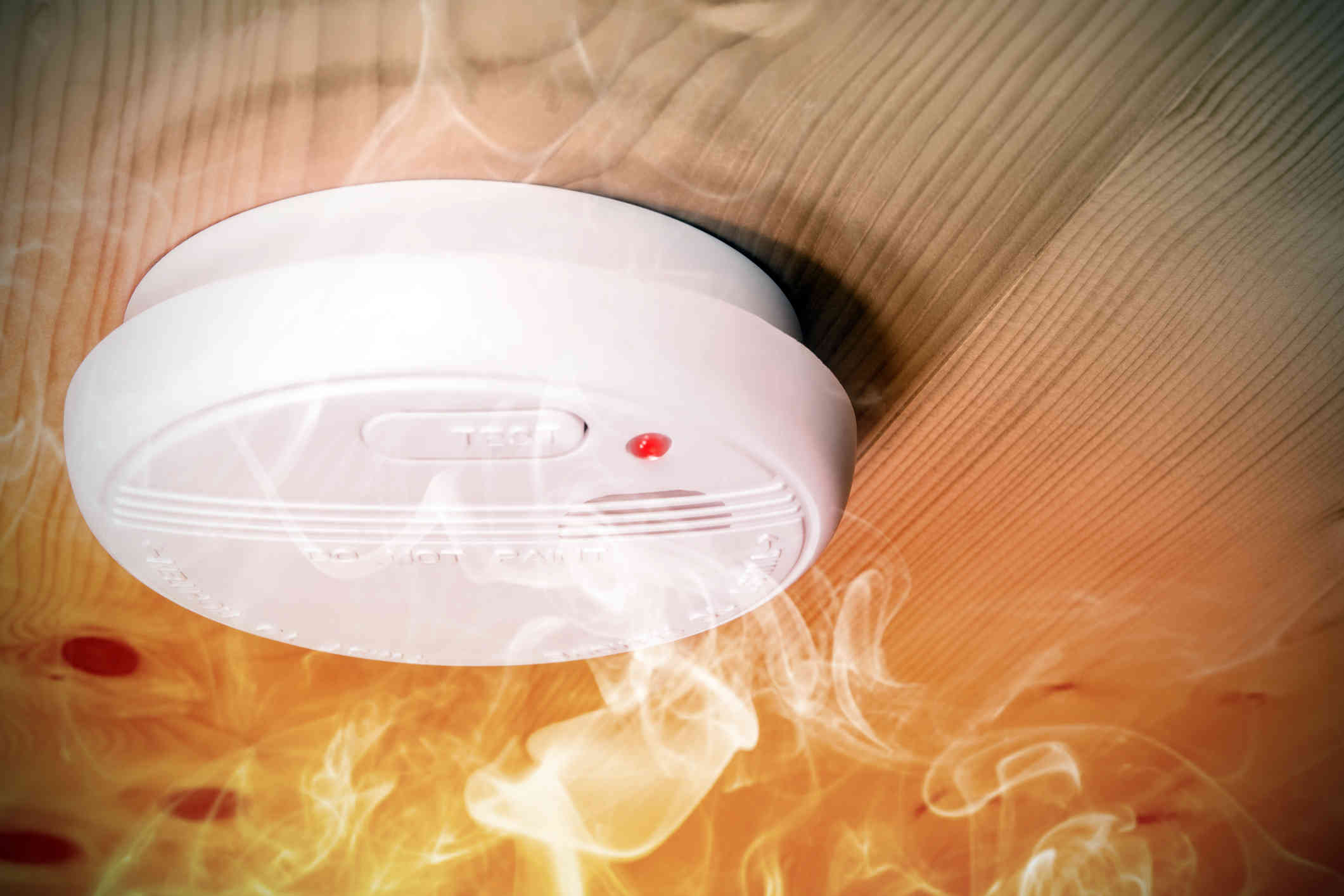
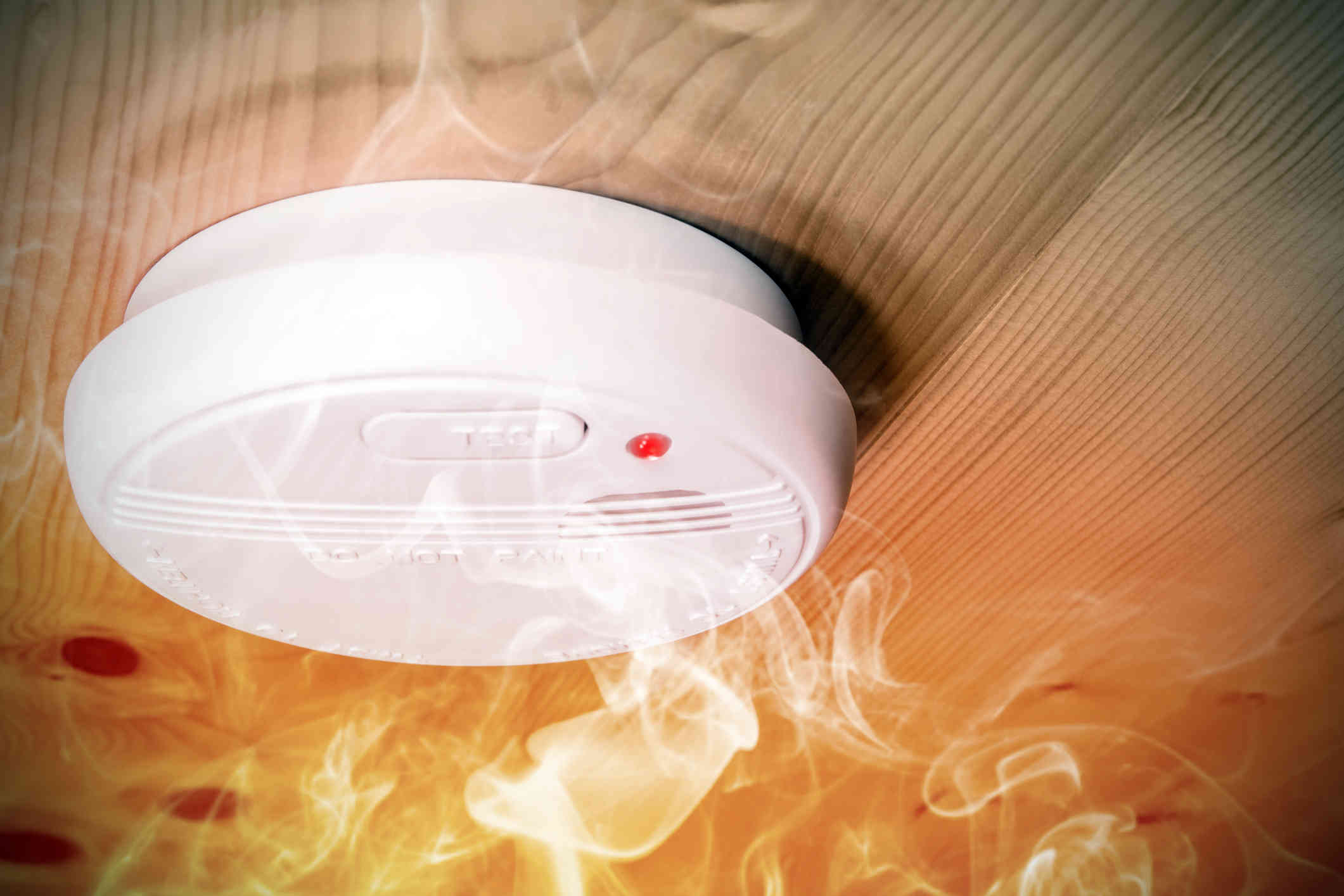

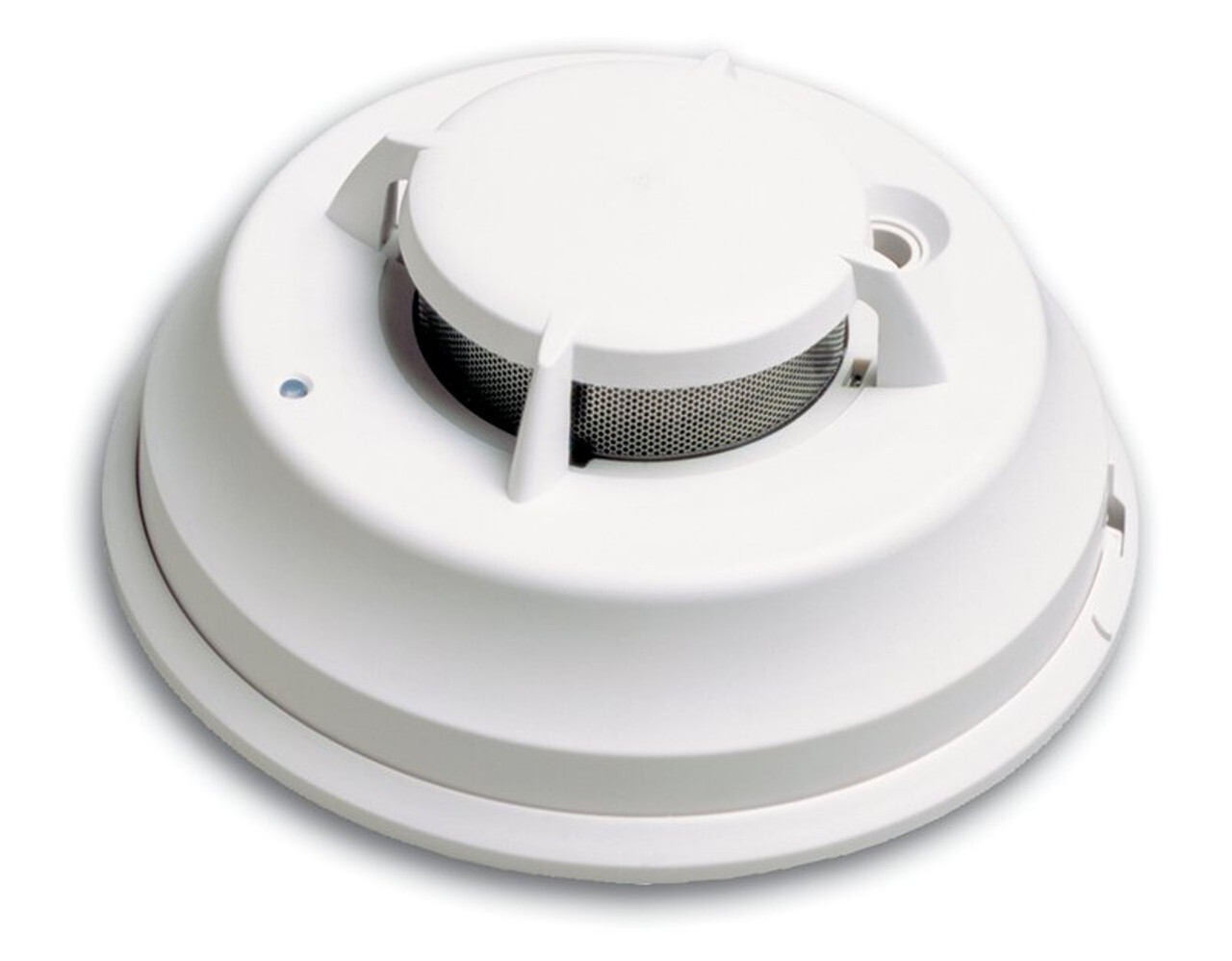
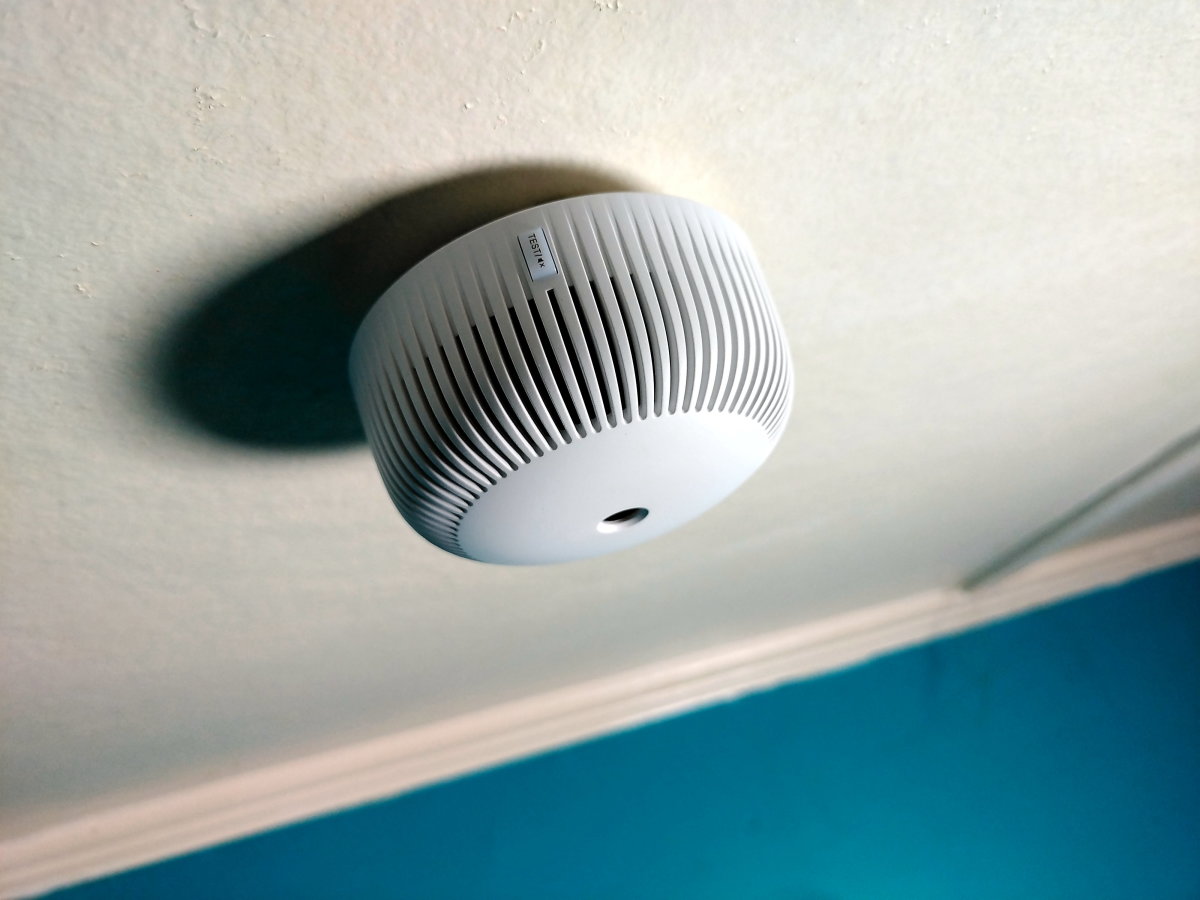
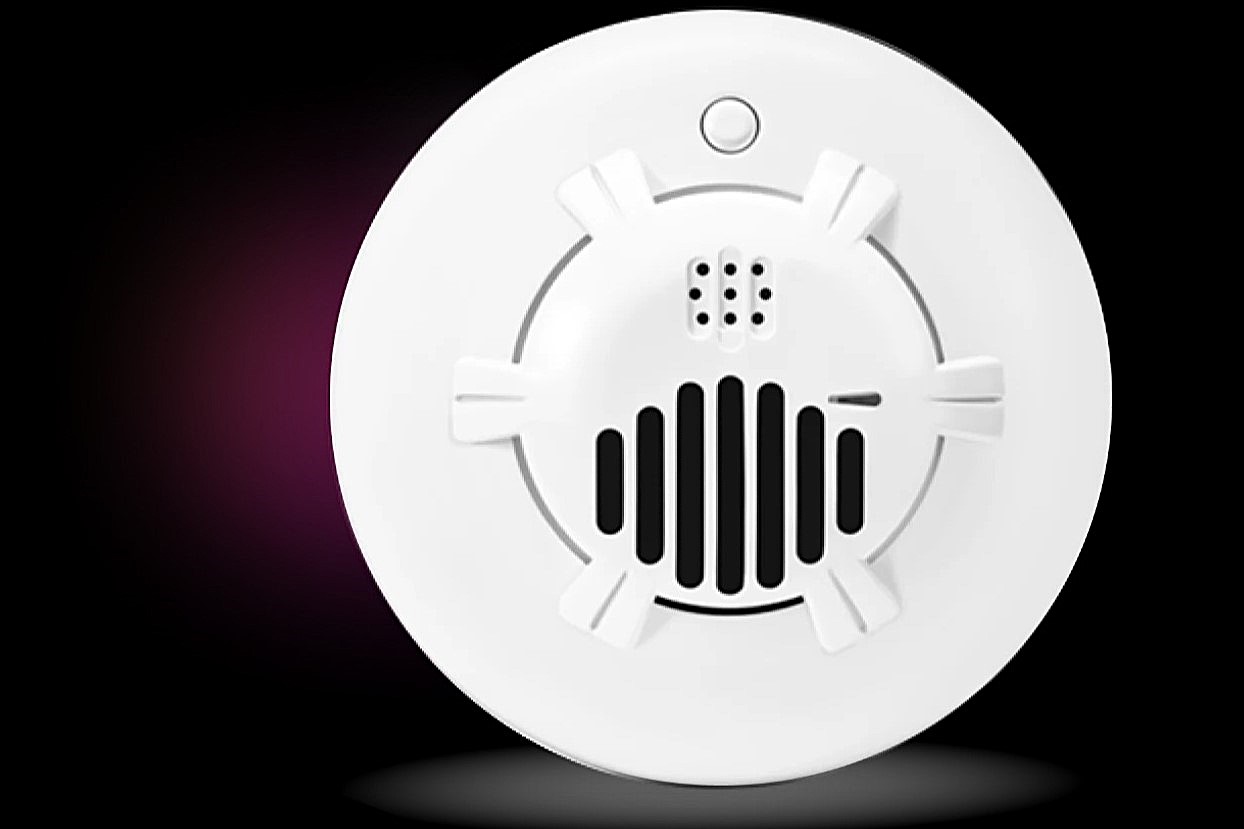
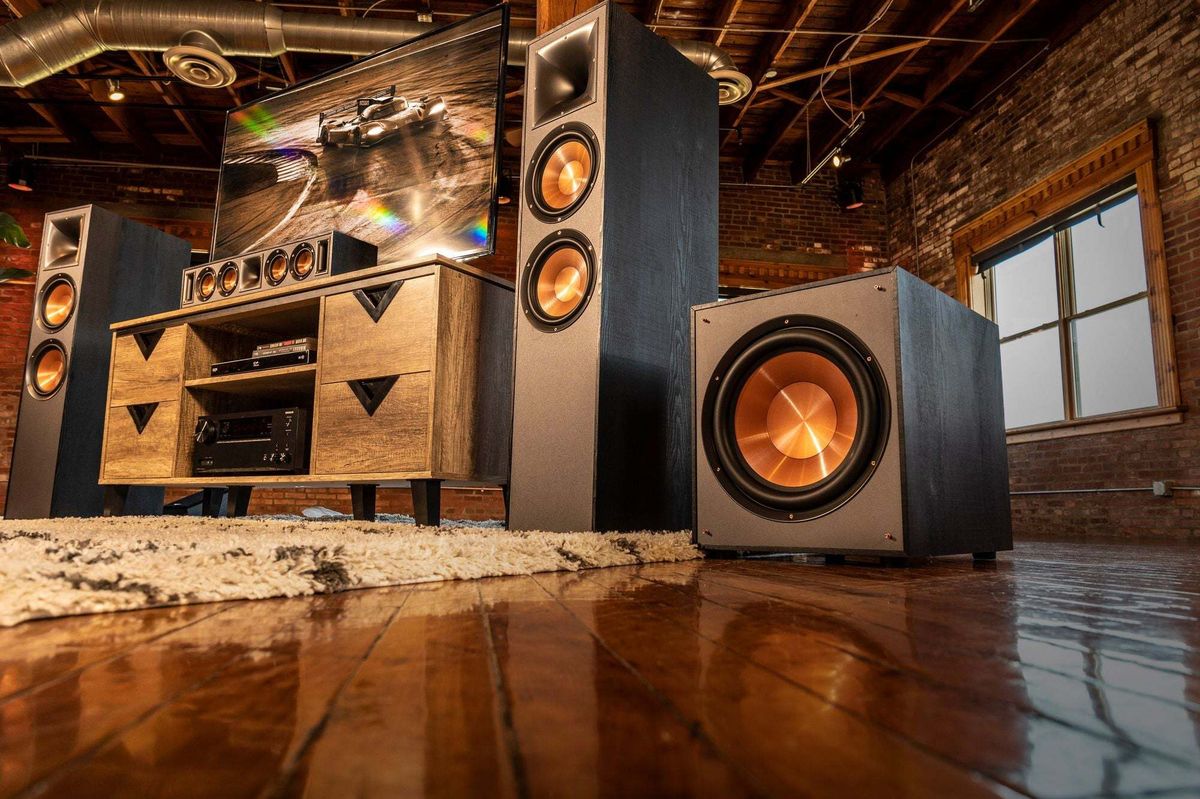
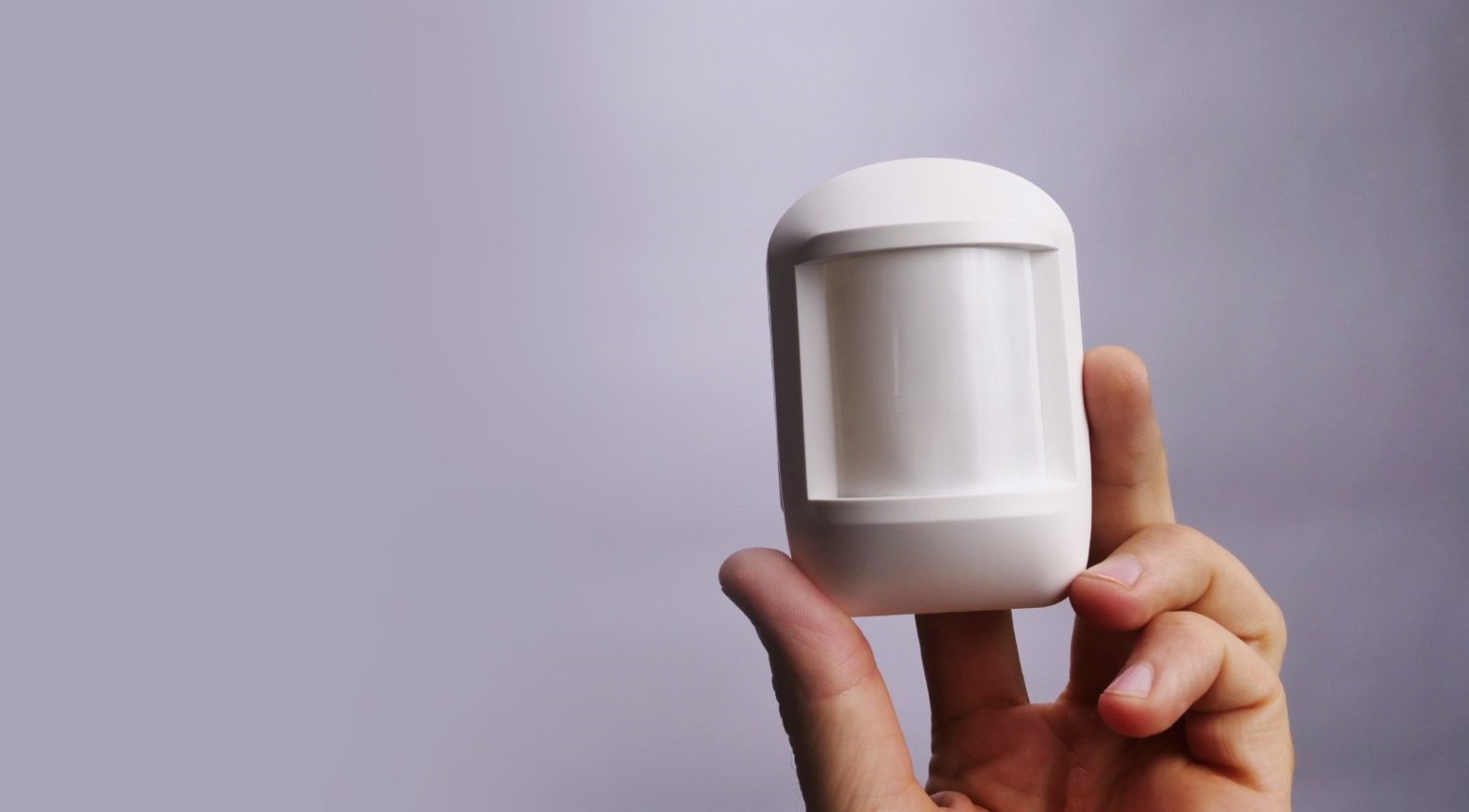
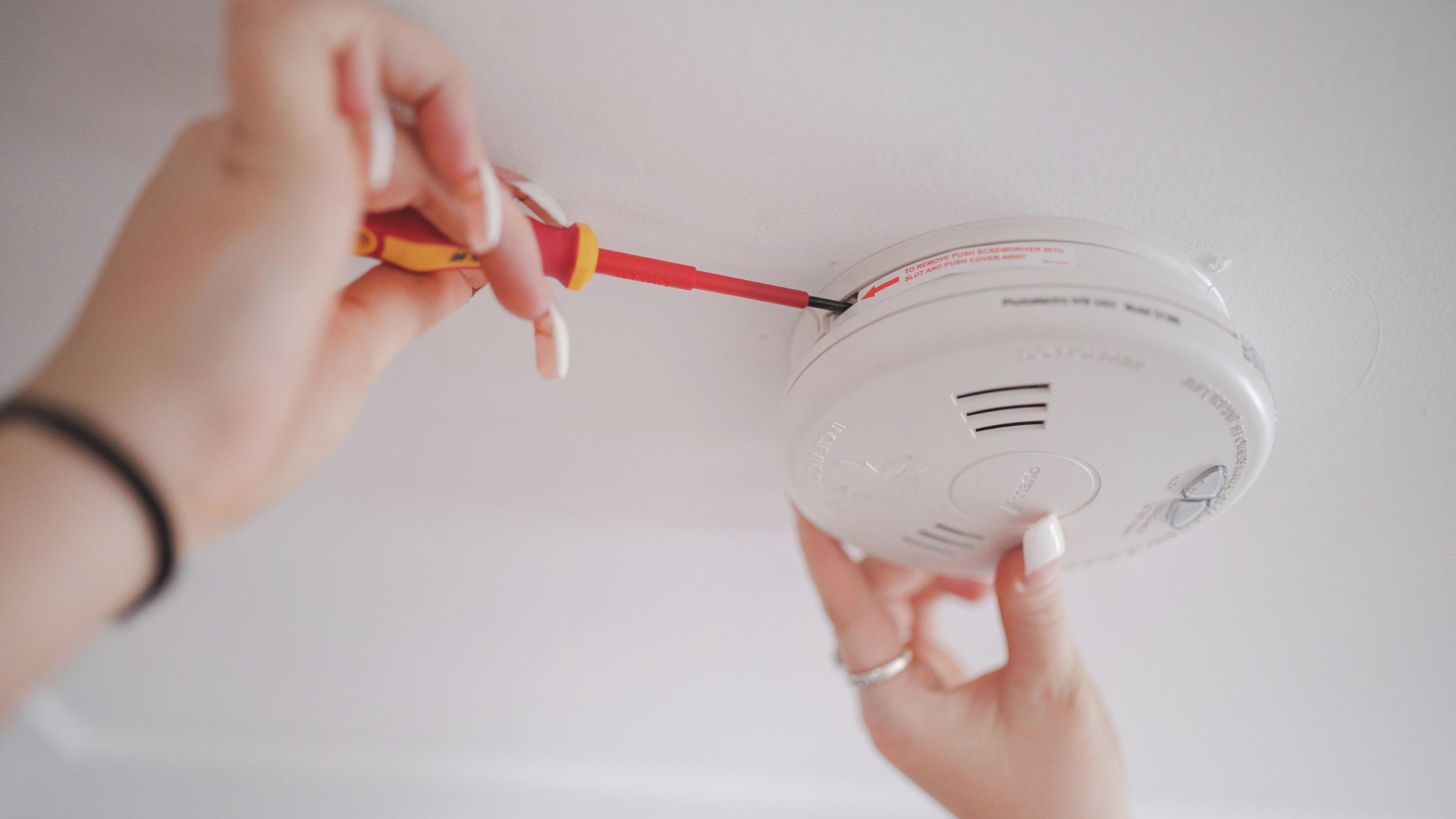
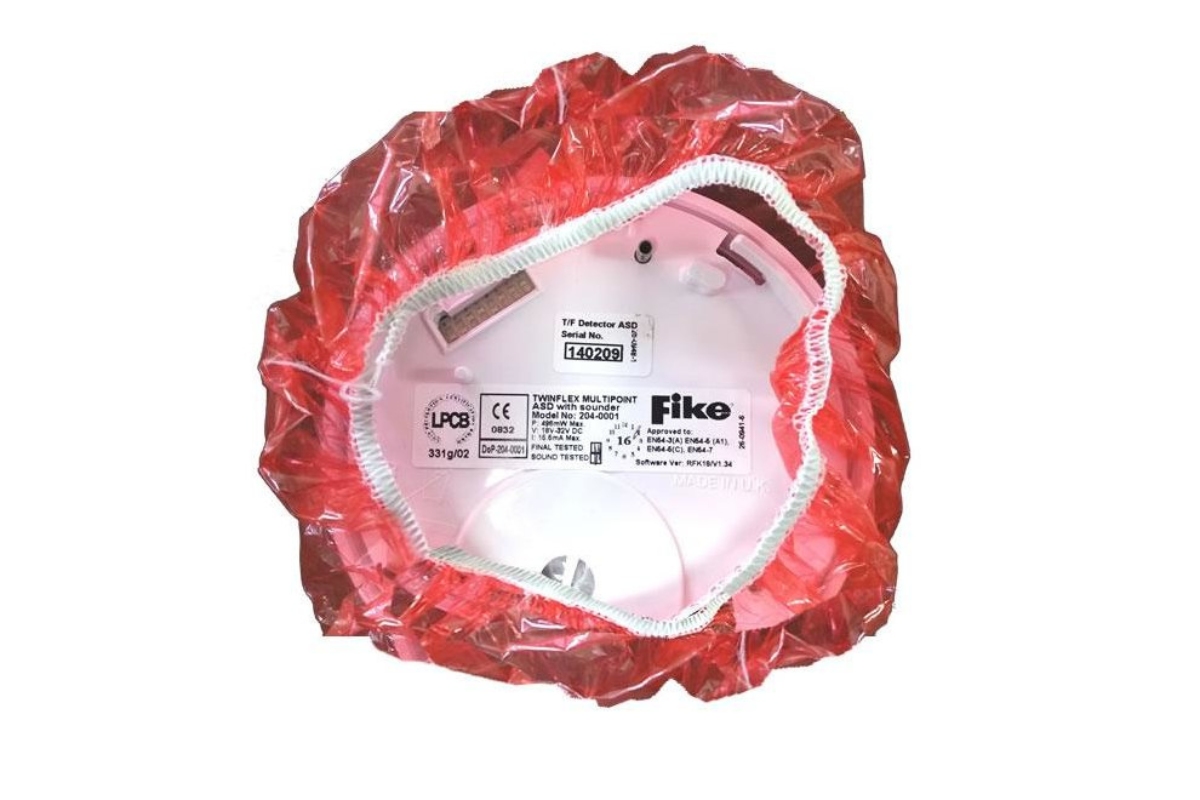
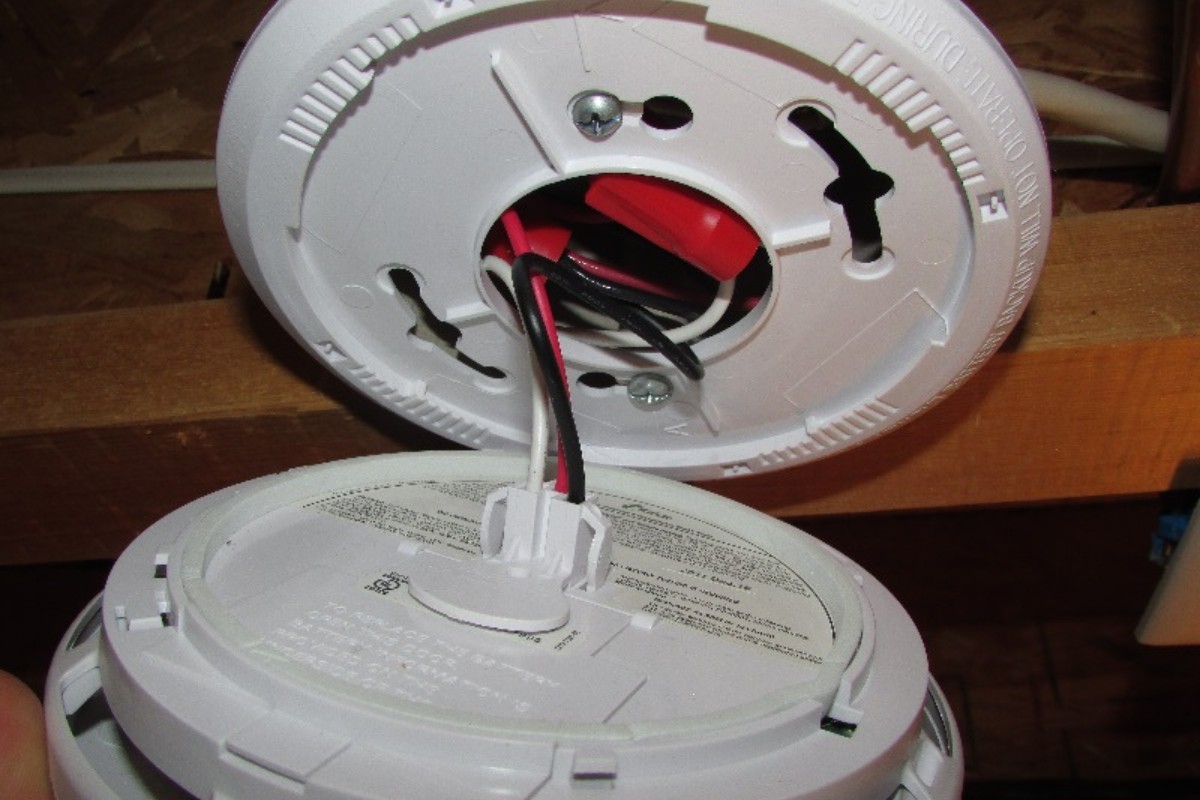
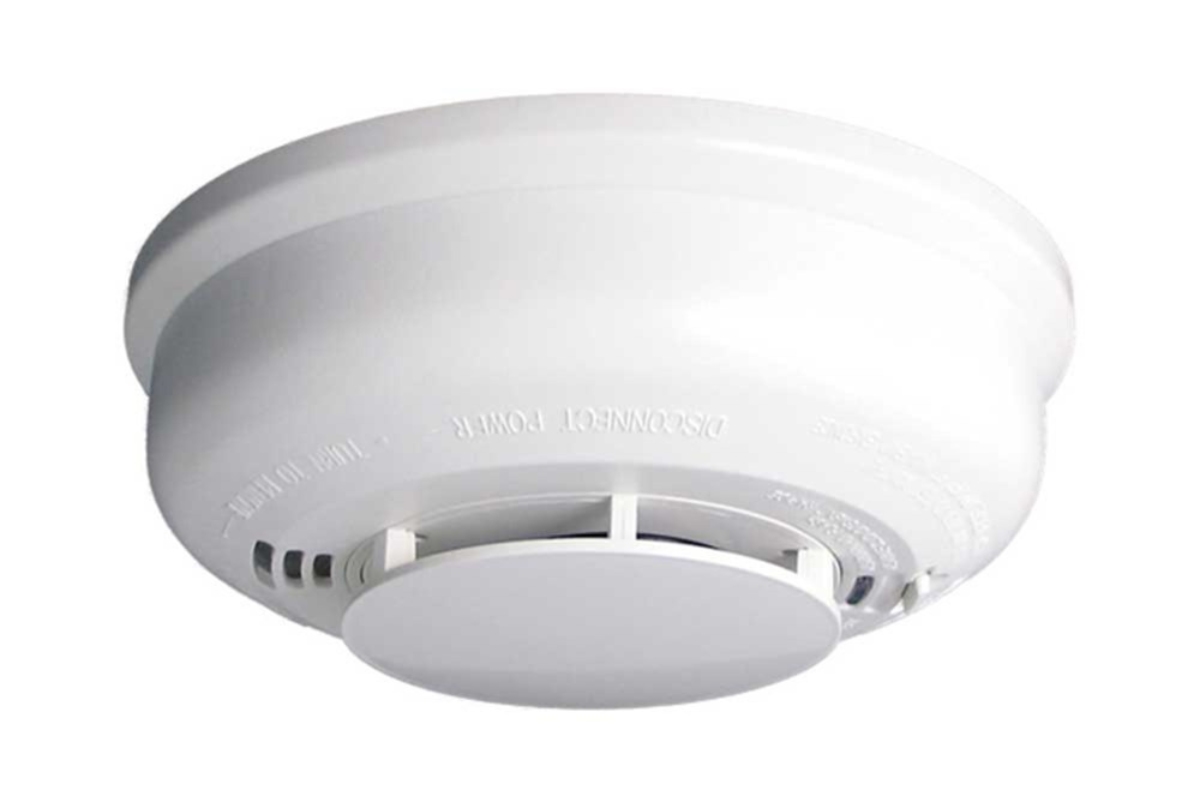

0 thoughts on “Smart Smoke Detector Placement: Optimal Fire Safety Coverage”